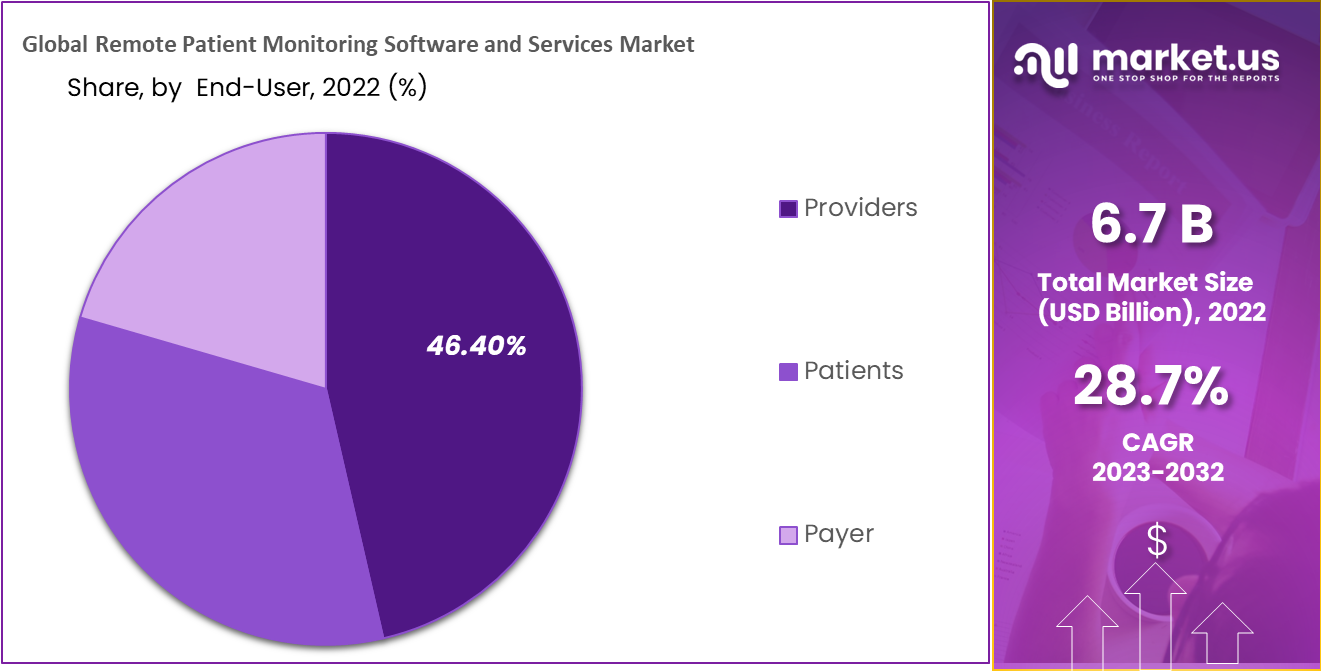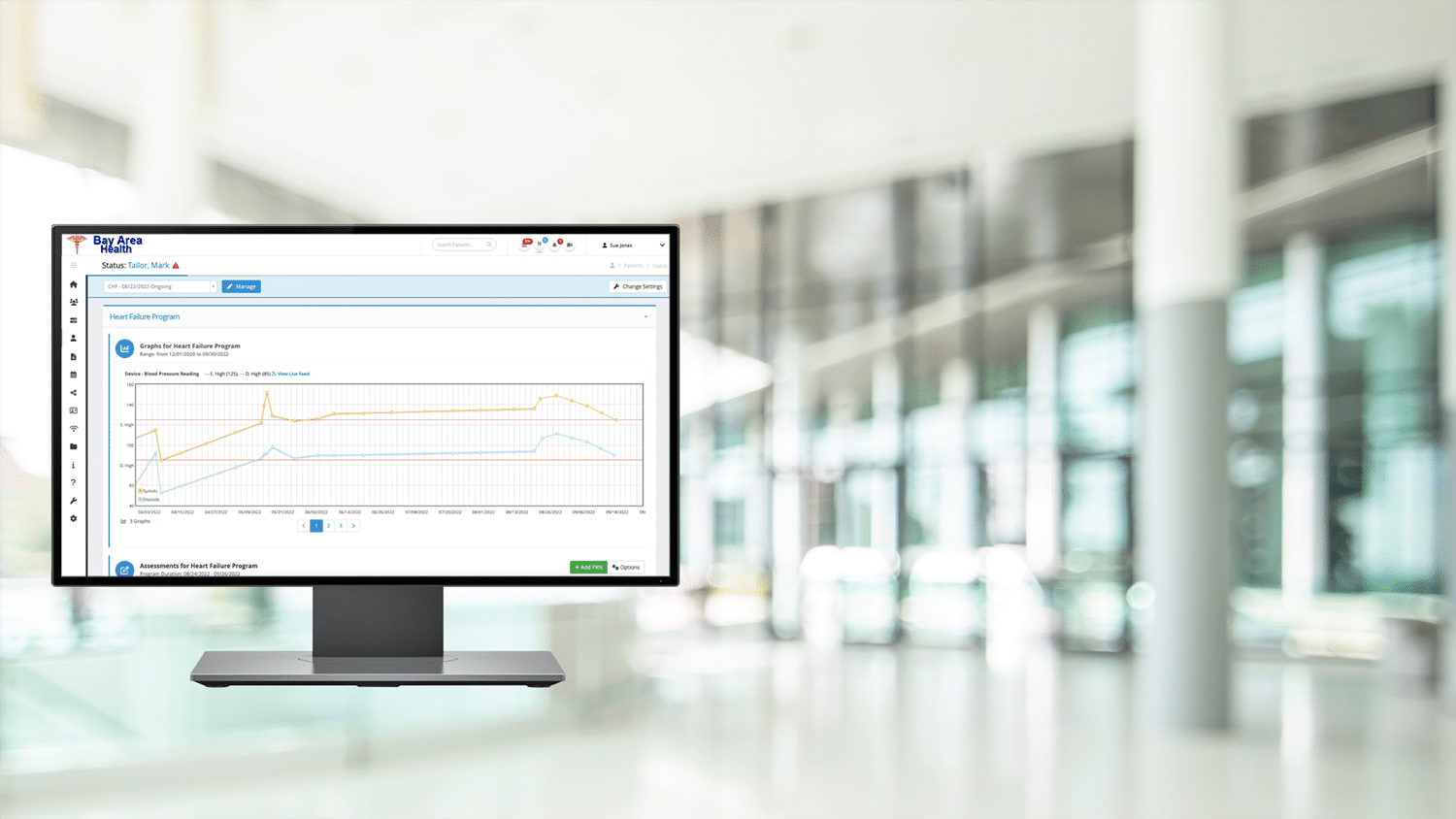The Future of Health Care: Remote Person Monitoring Streamlined
As healthcare continues to progress, one location that holds enormous pledge is remote individual tracking. With a focus on improving client outcomes and streamlining healthcare distribution, remote surveillance is positioned to reinvent the market.
Advantages of Remote Patient Surveillance
Remote person surveillance provides a wide range of benefits for both doctor and clients alike. One significant benefit is the capability to continuously monitor people' crucial signs and wellness information remotely. This real-time surveillance allows doctor to identify any kind of worrying fads or modifications promptly, bring about early treatments and possibly preventing clinical emergencies. Additionally, remote person tracking enhances the total quality of treatment by offering a more holistic and detailed view of people' health and wellness status past conventional in-person visits.
Additionally, remote individual surveillance can lead to better client results and fulfillment. Remote tracking can lower the demand for frequent hospital gos to, reducing healthcare costs for both people and providers.
Modern Technology Driving Remote Surveillance
In the world of modern-day medical care, technical advancements play a critical function in driving the development and performance of remote client surveillance. The combination of cutting-edge innovations such as wearable devices, mobile applications, and cloud-based platforms has changed the method medical care suppliers remotely keep an eye on and manage individual health - best remote patient monitoring software. These modern technologies allow continual real-time monitoring of crucial indicators, medication adherence, and other critical health and wellness data, allowing for timely treatments and individualized treatment plans
One key innovation driving remote surveillance is the Net of Things (IoT), which enables smooth connectivity between clinical tools and medical care systems. IoT devices such as smartwatches and wireless sensors send and collect patient data to centralized platforms, assisting in remote surveillance from throughout the globe. Expert system (AI) and artificial intelligence algorithms additionally improve remote tracking by assessing substantial quantities of person information to detect patterns, predict health trends, and alert healthcare service providers to potential issues.
Impact on Healthcare Delivery
With the integration of innovative modern technologies driving remote patient monitoring, the influence on healthcare distribution is coming to be transformative and increasingly profound. Remote person surveillance enables doctor to use even more aggressive and individualized care to people, bring about boosted wellness end results and minimized health center admissions. By remotely tracking vital indicators, signs, and medication adherence, healthcare professionals can intervene early, protecting against difficulties and boosting the general quality of treatment.
Additionally, remote surveillance improves accessibility to health care solutions, especially for people in underserved or country locations. Individuals can get constant surveillance and support from their homes, eliminating the demand for regular in-person check outs. This not only saves time and reduces browse around this site costs for both people and health care facilities but additionally lessens the danger of direct exposure to transmittable diseases, an essential factor to consider in the existing health care landscape.
Furthermore, remote individual monitoring enables doctor to much better focus on and allocate sources care based on real-time information. By determining high-risk people and interfering promptly, medical care distribution comes to be extra efficient and efficient, ultimately resulting in a much more lasting and patient-centered medical care system.
Improving Person End Results

Additionally, RPM permits positive administration of chronic conditions, reducing the chance of intense worsenings and hospital readmissions. People take advantage of boosted comfort and comfort, as they can receive treatment in their own homes while staying connected to their medical care providers. This continual surveillance not just improves patient satisfaction yet additionally promotes a sense of empowerment and engagement in their very own health and wellness my website administration.
Future Trends in Remote Monitoring
Accepting sophisticated innovations in remote person tracking is forming the future landscape of healthcare shipment. One significant pattern is the increased use of wearable tools and sensors to gather real-time information, enabling health care carriers to keep track of individuals continuously without the demand for frequent in-person sees.

Furthermore, telehealth systems are ending up being more innovative, permitting online consultations, remote diagnosis, and remote patient keeping track of done in one integrated system (software for remote patient monitoring). This alternative strategy to remote monitoring is enhancing health care distribution, improving patient satisfaction, and inevitably, boosting total high quality of care
Verdict
In final thought, remote patient tracking supplies countless benefits in medical care distribution, driven by innovations in modern technology. It has the possible to boost patient results and reinvent the method health care is delivered. Future trends in remote monitoring will certainly remain to form the landscape of health care, offering opportunities for even more tailored and effective patient treatment.
Remote individual tracking presents a plethora Visit Your URL of advantages for both health care companies and patients alike. In addition, remote individual tracking enhances the total high quality of treatment by giving a much more comprehensive and all natural sight of clients' wellness condition beyond typical in-person check outs.
Moreover, remote client tracking can lead to better individual outcomes and contentment. Remote client surveillance allows medical care companies to supply more tailored and proactive treatment to patients, leading to enhanced wellness outcomes and minimized hospital admissions. Remote individual surveillance (RPM) plays a considerable duty in improving client end results by providing constant, real-time information that enables health care carriers to intervene immediately and readjust treatment plans as required.
Comments on “Choosing the Best Remote Patient Monitoring Software: Key Considerations”